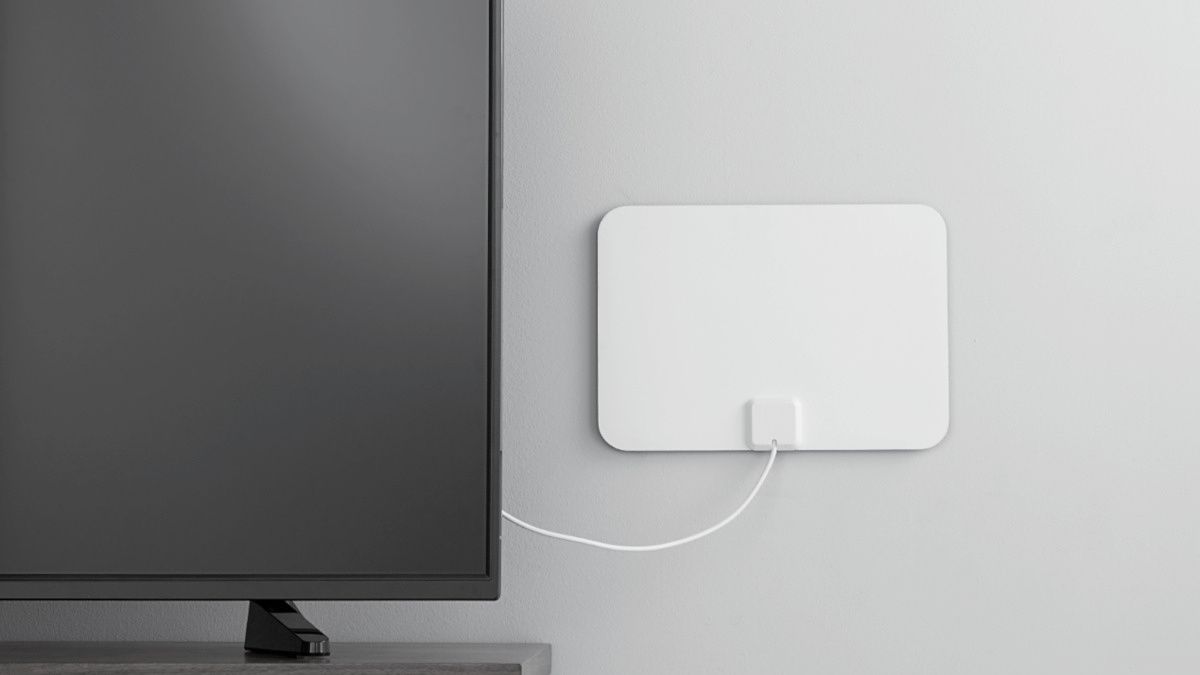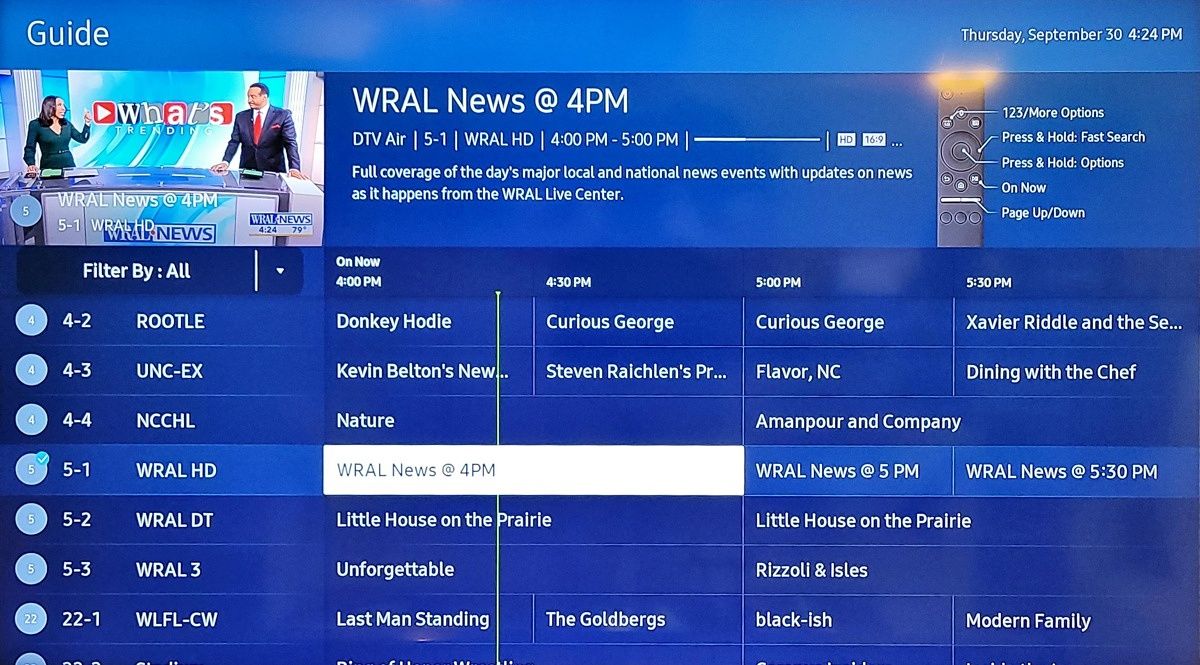Google and Comcast-owned NBCUniversal are currently fighting with each other over distribution rights on YouTube TV. Disputes between media companies and TV providers are nothing new, and the fights often go public as both sides attempt to rally public support behind them, and even cable-cutting platforms like YouTube TV are not immune. However, there is one lesson we can all learn from these never-ending distribution battles: everyone should get a TV antenna.
The latest corporate battle involves NBCUniversal and YouTube TV, which could result in YouTube TV losing access to all of NBC's networks (including NBC, E!, CNBC, Bravo, and various local channels) as soon as today. According to a report by Ars Technica, NBCUniversal wanted Google to include subscriptions to NBC's Peacock streaming service in YouTube TV, which would have increased costs for subscribers. Although NBC was willing to drop that demand, Google alleges that NBC still wants to charge more for its channels than other similarly-sized TV providers."If NBCU offers us equitable terms," Google wrote in a blog post, "we’ll renew our agreement with them. However, if we are unable to reach a deal by Thursday, the NBCU lineup of channels will no longer be available on YouTube TV and we will decrease our monthly price by $10, from $64.99 to $54.99 (while this content remains off our platform)."There have been many similar battles over TV distribution in recent years, to the point where the practice has its own Wikipedia page with plenty of examples. Google and Roku are still fighting over YouTube TV, which started with Google pushing Roku to implement the AV1 video codec on its hardware. YouTube TV also lost regional Fox sports channels last year after talks between Google and Sinclair Broadcasting fell apart.
The never-ending barrage of carriage disputes is at least one reason why everyone should have a TV antenna. Your area likely already has channels like NBC for free over the air — websites like NoCable.org can tell you which channels are available with a standard indoor antenna. I live in Raleigh, North Carolina, which has affiliate stations for PBS, NBC, ABC, CBS, Unvision, The CW, MyNetworkTV, and Fox.
I was able to watch the Summer Olympic Games on NBC without cable.
Earlier this year, I was able to watch the Summer Olympic Games on NBC without cable or a service like YouTube TV — just a Mohu Leaf 30 antenna taped to my wall, plugged into the back of my Samsung smart TV. Some channels don't broadcast OTA at all (like Nickelodeon, AMC, and others), but an antenna is still one way to fill in the content gaps from whatever streaming services you probably already use.You also don't have to be tied to a TV to watch OTA broadcasts. Devices like the HDHomeRun or Amazon Fire Recast allow you to stream TV to other devices, usually with the added ability to record content. Sling Media even sells tuner boxes (like the AirTV 2) that integrate with the SlingTV application, so that you can watch local broadcasts alongside Sling's premium channels. Locast used to be one option for watching OTA channels on any device, but it was recently forced to shut down after legal battles with media companies.
No matter if you're content with a Netflix subscription, or if you already have a TV service, it's worth picking up an antenna. It's not a magic replacement for expensive cable subscriptions, but it might be close enough for your needs, or it could be a backup during carriage disputes or internet/service disruptions. Unless Google and NBCUniversal settle their differences, people paying $65/mo (soon $55/mo) will lose access to NBC, while the antenna I paid $36 for once will continue to have at least one NBC channel.


